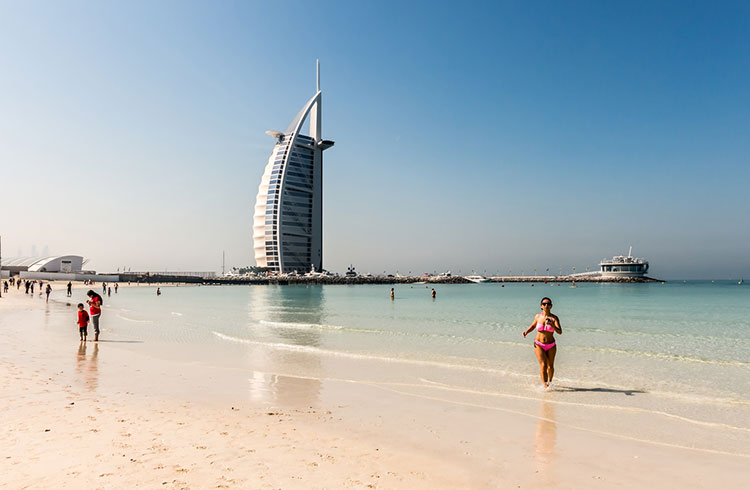The oil drills in Alaska turn out to be a massive threat to the Arctic Wildlife including polar bears. The US government is pushing forward with controversial plans to allow drilling in the Arctic National Wildlife Refuge, by laying out the terms of a leasing programme that would give oil companies access to the area.
The wildlife refuge in north-eastern Alaska sits above billions of barrels of oil. However, it is also home to many animals, including reindeer, polar bears and different species of bird.
The idea of drilling in the area did not originate with President Donald Trump and his administration. Rather, the leasing programme is just the latest step in a controversy that has been ongoing since the late 1970s.

One side argues that drilling for oil could bring in significant amounts of money, while providing jobs for people in Alaska. Others, however, are fearful of the impact drilling would have on the many animals that live there – as well as the damage burning more fossil fuels would have on our rapidly warming planet.
Consequently, the urge from the Trump government is strong, a couple of months after the Arctic circle recorded its highest ever temperatures. “This plan could devastate the amazing array of wildlife that call the refuge home through noise pollution, habitat destruction, oil spills, and more climate chaos,” Kristen Monsell, from the US-based Center for Biological Diversity, told the media.

“Over 200 species of birds are found in the refuge along with Arctic foxes, black and brown bears, moose and many others. Any oil spills, for example, would not only harm nearby wildlife and their habitat, they could be fatal”, she added. “Polar bears, Ms Monsell adds, are particularly vulnerable to oil spills”.
“Polar bears must maintain a pristine hair coat as insulation against the cold – but when a polar bear comes into contact with spilled oil, it can soak a polar bear’s fur and persist for several weeks. It will be groomed and ingested, irritate the skin, and destroy the insulating abilities of the fur,” she says.

“Studies show that fatalities can occur from effects on the lungs, kidneys, blood, gastrointestinal tract, and other organs and systems. An oil-coated bear that is not cleaned and rehabilitated will probably die.”
Meanwhile, the oil industry tycoons insist they have a well-established record of environmentally responsible development of Alaska’s energy resources. But environmentalists say the US government has not adequately considered the risks to wildlife and local communities.
Polar bears are far from the only animals who rely on this large stretch of wilderness. The refuge is home to more than 200 types of bird. Prof Natalie Boelman, an environmental scientist from Columbia University, describes it as “a huge nursery for avian species”.
“If you go up there in the spring it’s crazy, every little puddle, even if it’s just half a metre by half a metre… you can barely see the water, it’s just covered in ducks and geese,” she wrote in an article.




![The Top & Most Popular Seafood Bucket Restaurants in Dubai for you [Never Miss]](https://uae24x7.com/wp-content/uploads/2020/09/8-seafood-in-a-bucket-scaled-e1600739237403.jpg)
![Procedures for Renewing the Driving License in Abu Dhabi [3 Simple Steps]](https://uae24x7.com/wp-content/uploads/2020/07/Capture-9-e1595666454466.jpg)





